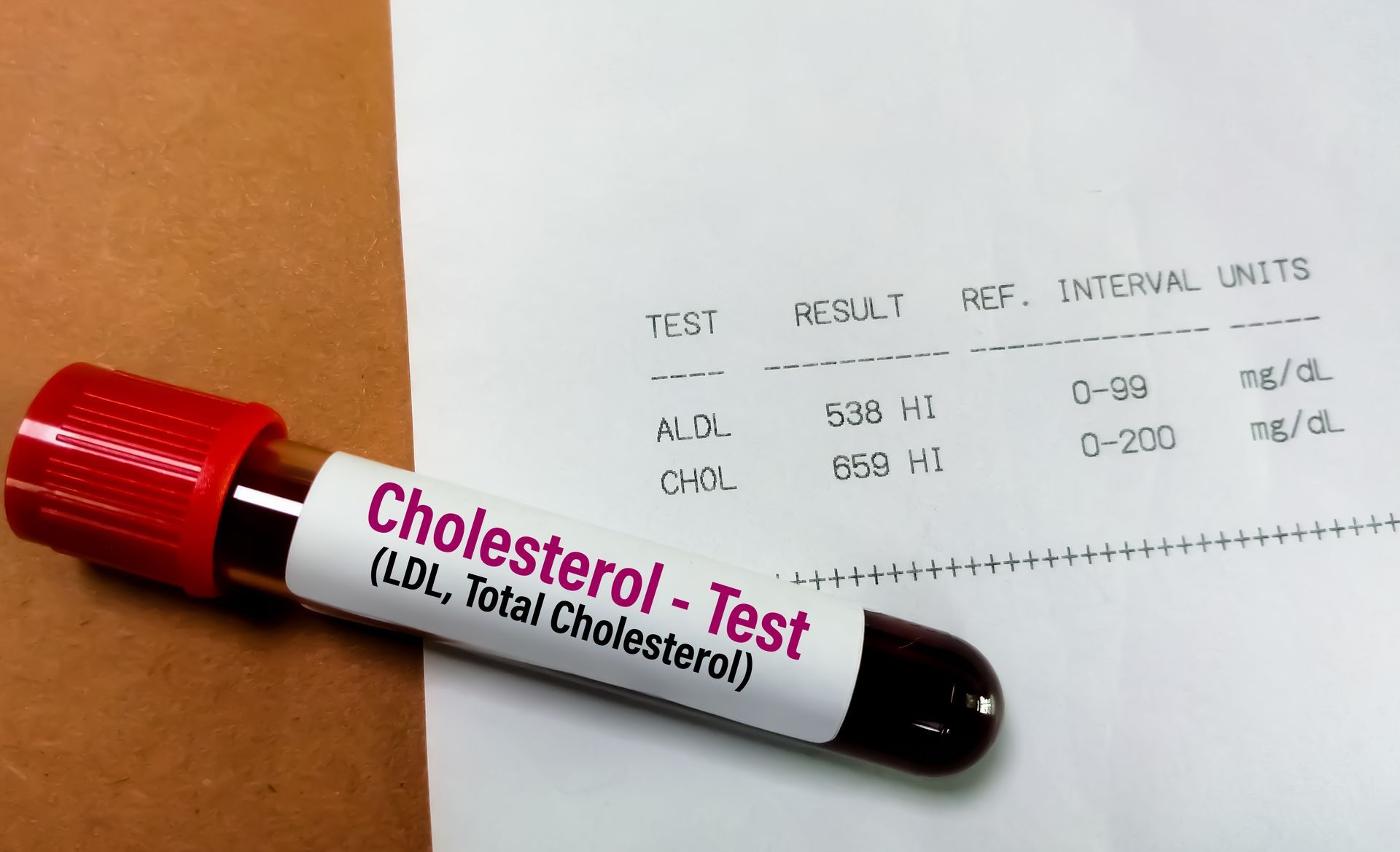Our Location
Elige tu idioma:
What Is Coumadin Therapy?

Coumadin therapy is effective in preventing arterial and venous thromboembolism. However, patients over the age of 65 face challenges because comorbidity, age, and polypharmacy increase the risk of blood clots and bleeding.
Throughout this article, we'll learn more about coumadin therapy in detail.
What is Coumadin (Warfarin)?
Anticoagulant medications like Warfarin interfere with normal blood clotting (coagulation). Some countries sell Warfarin under Coumadin and Jantoven, but the brand is no longer available in Canada and the United States. People often refer to these medicines as "blood thinners," although they do not actually thin the blood. In addition, Warfarin prevents blood clots from forming (a lump of blood inside your vessels).
Moreover, clotting is a complex process that requires multiple substances for the procedure to be successful (clotting factors). The liver produces each of these factors to form blood clots. Vitamin K is necessary for the liver to produce some clotting factors. In turn, Warfarin inhibits the ability of some clot-forming enzymes that use vitamin K and, thus, makes them less effective. When the clotting mechanism is disrupted, the blood takes longer to clot.
What is the effect of Warfarin (Coumadin) on your body?
You can use an anticoagulant to control the bleeding rate, which can help prevent clots from forming in your arteries, veins, or heart, especially if you're medically unwell or have been inactive for months or years.
An anticoagulant can protect you from having a larger blood clot. Moreover, it is impossible to dissolve a blood clot with an anticoagulant. However, clots can dissolve on their own with time.
On the other hand, you need to ensure that the level of vitamin K in your body meets the level of Warfarin (Coumadin) prescribed by your healthcare provider while taking Warfarin (Coumadin).
Heparin Vs. Coumadin
Warfarin, or sometimes Jantoven, is the generic name for Coumadin. The drug is used for atrial fibrillation, stroke, myocardial infarction, and venous thromboembolism to prevent blood clots. Prothrombin tests (PT) reported as an International Normalized Ratio (INR) must be performed on Coumadin patients to determine if their dose is therapeutically appropriate.
Heparin reduces blood clotting ability by preventing blood clots in blood vessels. In addition, it is used to stop clots from forming during heart and blood vessel procedures. Patients who must undergo certain types of surgery or remain in bed for an extended period may need to take it in low doses to prevent blood clots. Taking heparin also helps diagnose and treat disseminated intravascular coagulation.
Comparing Heparin and Coumadin
Each of these medications is an anticoagulant that helps stop your blood from thickening too much (clotting).) Clots are natural structures that help seal wounds both inside and outside the body. However, unnecessary clots can cause serious complications. Blood thinners simply disrupt your body's natural clotting process. Heparin and coumadin inhibit this process in different ways.
Warfarin Therapy in Seniors
It is common for older patients to require long-term coumadin therapy since they have a higher risk of atrial fibrillation. Untreated atrial fibrillation can lead to strokes, which are clots. At the same time, seniors have an increased risk of bleeding due to age and comorbidities. New oral direct anticoagulants registered in the Czech Republic as suitable alternatives to Warfarin — dabigatran, rivaroxaban, apixaban, and edoxaban.
These medications do not require regular laboratory monitoring and are safer, especially with a reduced risk of intracranial hemorrhage. All oral anticoagulants have some specific properties due to their pharmacological properties or registration results, allowing them to select an individual anticoagulation strategy. Patients with reduced body mass (fragile and elderly) have multiple comorbidities (associated with various medications).
It is advantageous for some seniors to use these drugs at a lower dose. The balance between benefits and risks is difficult to determine in elderly patients, but it should be repeated throughout treatment.
Warfarin (Coumadin Therapy) Management
Warfarin's effects on seniors must be closely monitored with blood tests. If you are at risk for bleeding, your warfarin dose may need to be adjusted, so your clotting time stays within a target range. It's possible to perform these tests in a laboratory or at home using a portable device.
Prothrombin time (PT) — Tests that measure how fast blood clots are referred to as prothrombin time (PT). It's a clotting test that measures how long it takes for a clot to form. Due to Warfarin's impact on clotting factors, it can be sensitive in specific. The PT is reported as the International Normalized Ratio (INR).
Dosing — Warfarin dosage is adjusted to get the PT/INR test in the proper range. A patient's PT/INR is checked more frequently when their dosage and medical condition change. If the dosage remains stable, less monitoring takes place. In addition, an average dose monitoring period is four to six weeks. Other medications or medical conditions can also change a patient's warfarin dose.
International Normalized Ratio (INR) — INRs are standardized ways to express PT values. Thus, it is possible to compare the results of different laboratories. PT and INR are higher if the blood takes a long time to clot. There is no set range for INR. Target INR ranges are typically between 2 and 3, although other ranges can be chosen if necessary.
Thus, monitoring the INR (at least once a month and sometimes twice weekly) is vital to keep warfarin levels within a safe range.
Many older patients cannot take potent blood thinners due to other health conditions, so they should talk about it to their doctors.
Ocana Medical Care, located in Tampa, FL, aims to bring you as much information as possible to keep you healthy. We're in this together. #ocanacares
“Respect. Compassion. Quality. Integrity. These are the values on which Ocana Medical Center was built. Our aim isn’t just to treat you today. We hope to earn your trust and be your healthcare provider for life.”
©2023 Ocana Medical Group, Inc.
USEFUL LINKS
GET IN TOUCH
Call Us Today
Send us Email
Our Location
Ocana Medical Center | All Rights Reserved.












